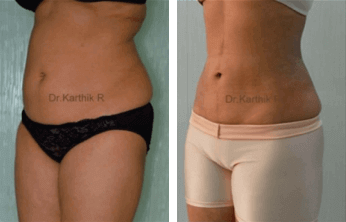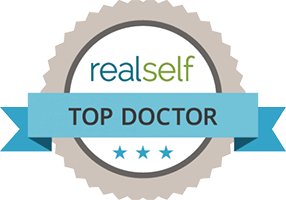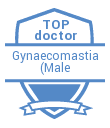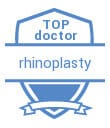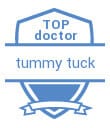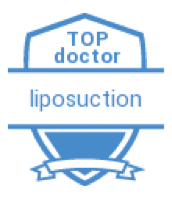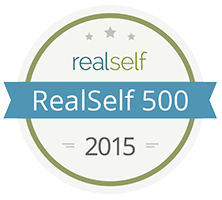Treating Acne – Part 2
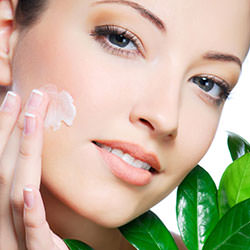
So I hope my previous blog has helped you understand the transition of that little black microcomedo to that fierce red pimple .
In this post , ill talk to you about how you can identify the type of acne you have and the ways to treat it accordingly .
So you wake up one morning and see your face covered with breakouts. DON’T PANIC ☺
First use a cleansing foam and wash your face of all impurities. Next, stand in front of the mirror and observe carefully how much of your face is covered by acne and also try to classify the type of acne you have .
So how do you do that ??
If u have mild acne ,only ¼ of your face will be affected . You might be able to count around
20 white heads/ blackheads. Less than 15 inflamed bumps or less than 30 lesions in total
If you have moderate acne – about half of your face will be covered by acne lesions . You could probably count upto 100 white heads/ blackheads , 50 inflamed bumps and about 125 lesions in total.
The most severe type of acne is called nodulocystic acne and this type can look a bit scary compared to the rest . They occur as red or puplish firm bumps or fluid filled cavities that are inflamed and painful to touch . This type of acne requires more advanced lines of treatment and must be treated by a physician
Not all lesions are the same too . They are either Non Inflammatory or Inflammatory .
Whiteheads and blackheads are non inflammatory acne that look like little white and black dots on your skin
These can be treated by microdermabrasion , which is a painless skin polishing technique that gently exfoliates all those dead skills that have accumulated over time to give your skin a dull complexion .After a microdermabrasion your skin will look healthier and brighter ( Instant Gratification 🙂
Using an exfoliating scrub once a week is also a great way to keep those unwanted comedones at bay .
Benzoyl peroxide is a well known anti blackhead agent that dries up the blackheads and whiteheads and prevents them for becoming inflamed acne lesions .
Papules pustules and nodulocystic acne are all part of inflammatory acne. They look like red inflamed boils that are uncomfortable to touch .
Those that are pus filled are called pustules and look like a white head surrounded by a red ring .
Papules are whiteheads that have erupted but have no bacterial involvement meaning no pus .They are however sensitive to touch .
Inflammatory acne can be treated with a wide variety of antibacterial and anti inflammatory agents that has to be treated after a proper skin consultation with your physician.
Both topical and oral antibiotics are available to treat inflammatory acne.
Chemical peels that contain salicylic acid and azelaic acid are one of the most effective treatments available to curb acne . Apart from clearing the acne, salicylic peels also help lighten all hyperpigmentation caused by acne scars and help in skin rejuvenation . After a chemical peel skin texture does improve dramatically and the person has a natural glow about them.
Its also important to religiously follow a proper acne prone skin care regime at home for those of you who have acne prone skin . Facewashes that contain salicylic acid , glycolic acid as well as non comedogenic toner to help cleanse out all the pores , followed by moisturizer that contains anti inflammatory agents like niacinamide, pantethenol and allantoin are ideal for use on acne prone skin .
If you have recurrent breakouts of inflammatory acne, please consult your physician to rule out any hormonal imbalances and guidance towards the right treatment .
Hope this blog has helped in your fight against acne .
Thanks for reading ☺


